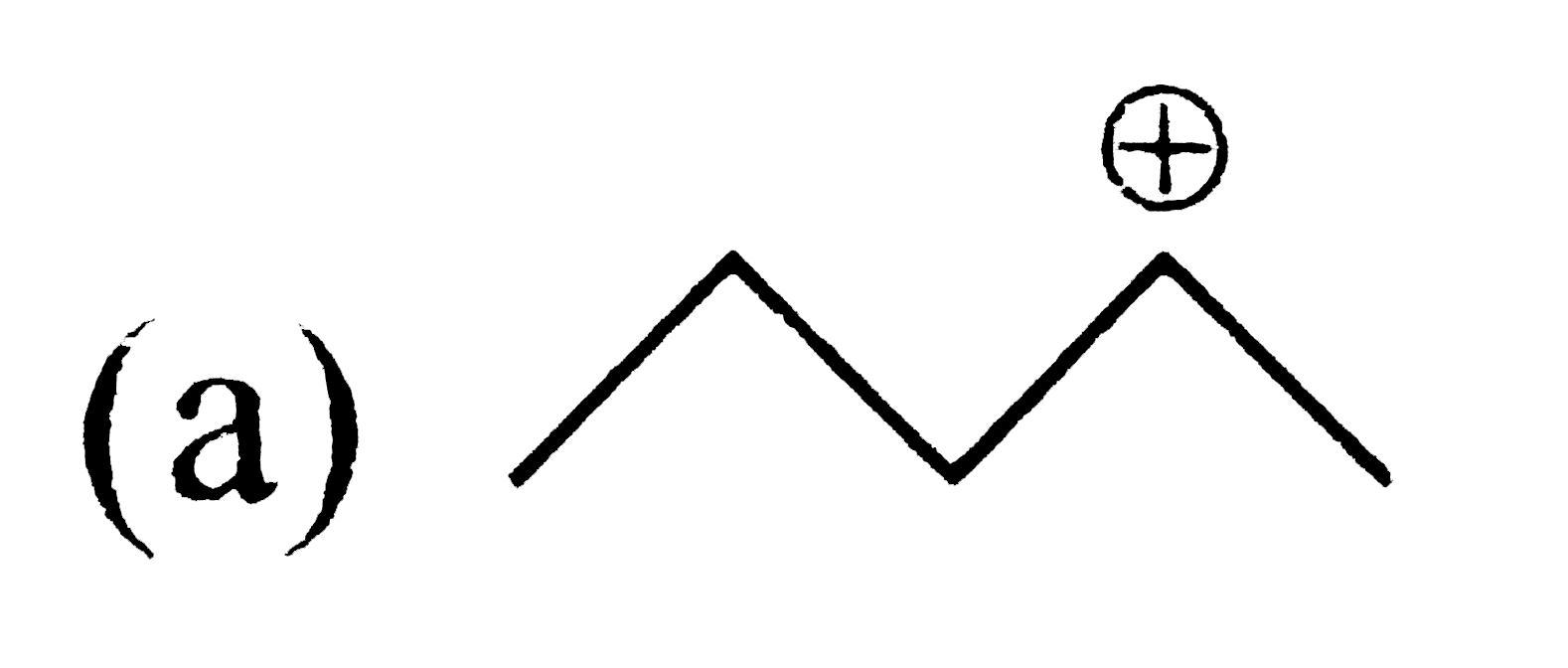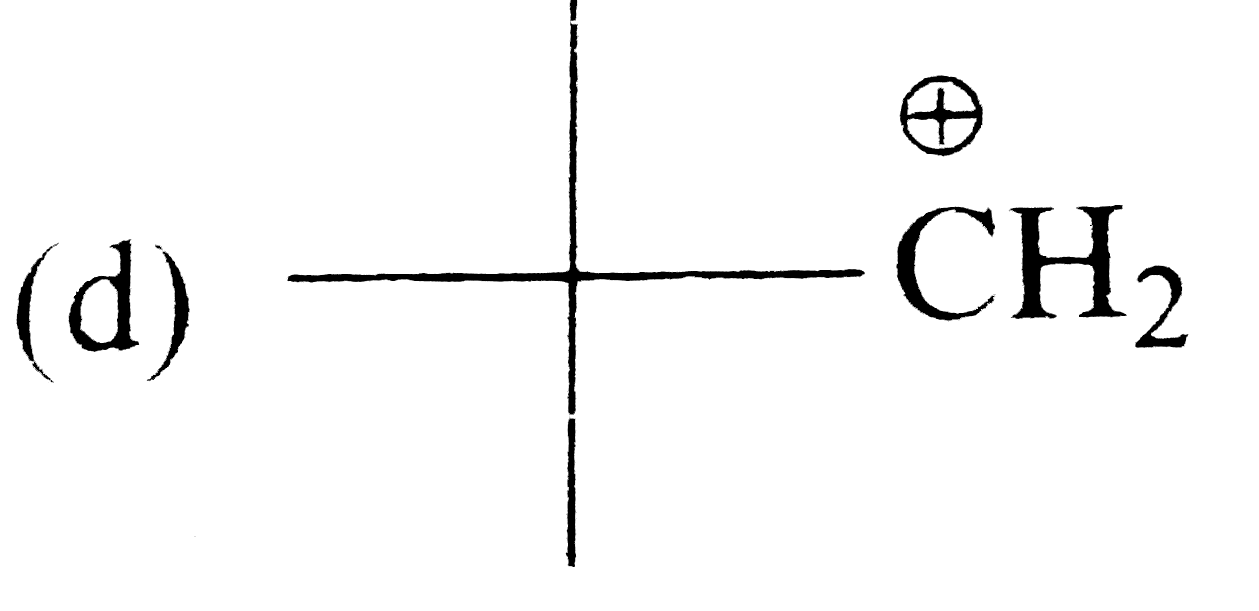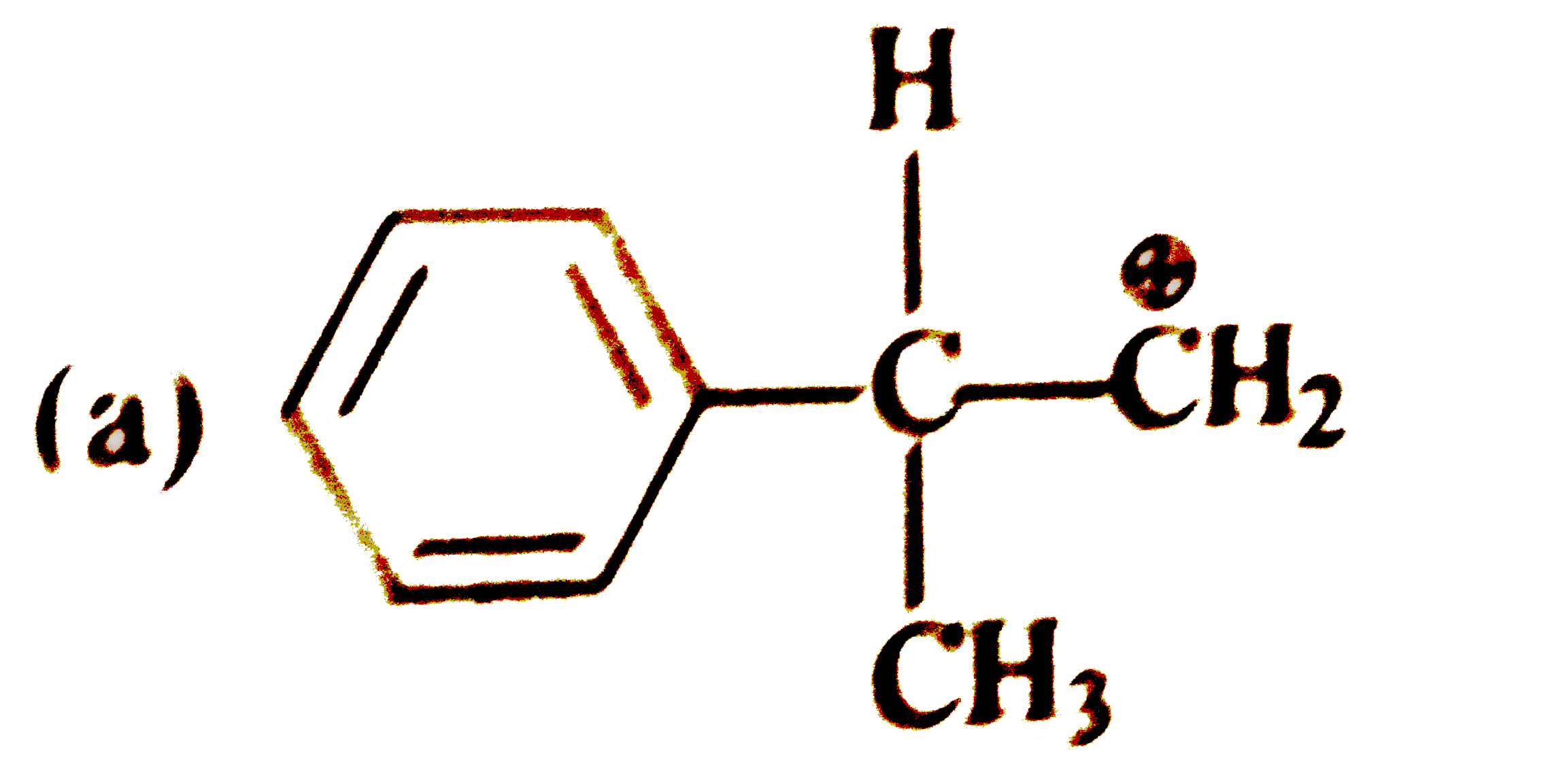Under common reaction conditions, a carbocation rearranges to another carbocation of equal or greater stability. For example, a secondary carbocation will rearrange to a tertiary carbocation. It will not rearrange to a less stable primary carbocation. This generalization is not absolute, and because there is not a high energy barrier to the rearrangement of carbocations, rearrangement to a less stable cation can occur if it offers the chance to form a more stable product.
In which of the following cations rearrangement takes place most rapidly?

CH3−H∣C∣CH3−⊕CH2


The correct Answer is:A
Similar Questions
Knowledge Check
- Question 1 - Select One
In which of the following cations rearrangement takes place?
A B
B C
C D
D
- Question 2 - Select One
Under common reaction conditions, a carboncation rearranges to another carbocation of equal or greater stability. For example secondary carbocation will rearrange to a tertiary carbocation. It will not rearrange to a less stable primary carbocation. This generalization is not absolute, and because there is not is a high energy barrier to the rearrangement of carbocations, rearrangement to a less stable cation can occur if it offers the chance to forme a more stable product.
In which of the following cations rearrangement takes place most rapidly?A BCH3H∣C∣CH3−⊕CH2C
BCH3H∣C∣CH3−⊕CH2C D
D
- Question 3 - Select One
Under common reaction conditions, a carbocation rearranges to another carbocation of equal or greater stability. For example, a secondary carbocation will rearrange to a tertiary carbocation. It will not rearrange to a less stable primary carbocation. This generalization is not absolute, and because there is not a high energy barrier to the rearrangement of carbocations, rearrangement to a less stable cation can occur if it offers the chance to form a more stable product.
In the following cation, H/CH3 that is most likely to migrate to the positively charged carbon is :
H3C1−H∣2C∣OH−⊕3C∣H−H∣4C∣CH3−5CH3ACH3 at C−4BH at C-4CCH3 at C-4DH at C-2
Carbocation Rearrangement 2
View SolutionCarbocation Rearrangement 1
View SolutionWhich of the following carbocations would not likely rearrange to more stable carbocation ?
View SolutionUnder common reaction conditions, a carboncation rearranges to another carbocation of equal or greater stability. For example secondary carbocation will rearrange to a tertiary carbocation. It will not rearrange to a less stable primary carbocation. This generalization is not absolute, and because there is not is a high energy barrier to the rearrangement of carbocations, rearrangement to a less stable cation can occur if it offers the chance to forme a more stable product.
In the following cation , H/CH3 that is most likely to migarte to the positively charged carbon is :
H3C1−2H∣C∣OH−3⊕C∣H−4H∣C∣CH3−5CH3View SolutionWhich of the following carbocations would not likely rearrange to more stable carbocation ?
View Solution


